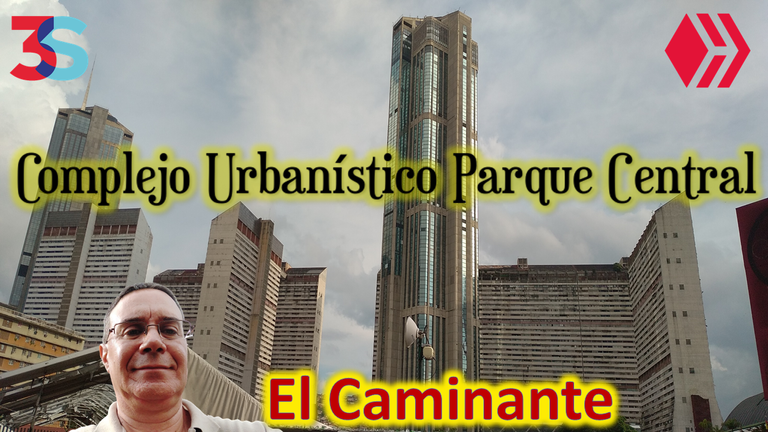
Buenos días, buenas tardes o buenas noches, estimados amigos donde quieran que se encuentren les vengo a traer una de las obras monumentales y más emblemáticas de la ingeniería del siglo 20 de nuestra Caracas de ayer, como lo es el Complejo Urbanístico Parque Central.
Desde las inmediaciones de la avenida Bolívar de Caracas, comienzo el recorrido mostrando cada edificio que comprende ese Complejo Urbanístico como lo es Parque Central, en donde se aprecia el brutal deterioro de la infraestructura, producto de años de desdicha y abandono por parte de los entes administradores de la misma, como lo era el Centro Simón Bolívar, el cual era la encargada de administrar esos inmuebles.
Ahora vamos cruzando por el puente que comunica el Conde con Parque Central y les nuestros las Torres Gemelas de ese gran complejo urbanístico como son la Torre Oeste y luego la Torre Este, el cual fue incendiada durante el gobierno del presidente Hugo Chávez en el año 2004.
Como sabrán, Parque Central es un Complejo Urbanístico de desarrollo habitacional, creado para la clase media y trabajadora, el cual se encuentra ubicado en la urbanización El Conde de Caracas. Además, cuenta con una gran variedad de espacios culturales y también de esparcimiento y recreación, así como también una gran cantidad de comercios y tiendas, se pudiera decir que es una ciudad dentro de ese complejo urbanístico.
De acuerdo a su historia, el proyecto Parque Central fue ejecutado y financiado por el Centro Simón Bolívar a partir del año 1969 y es considerado como una de las obras de ingeniería más emblemáticas y más representativas de nuestra Caracas.
Como lo dicho anteriormente, se puede observar cómo están en los actuales momentos el complejo habitacional en un franco deterioro de la infraestructura y las dos torres gemelas de Parque Central, iconos de nuestra ciudad Capital, como los más altos de Latinoamérica hasta el año 2003, pero sigue siendo uno de los más altos de Suramérica.
En lo que respecta al museo de Arte Contemporáneo de Caracas Armando Reverón, situado dentro del complejo urbanístico Parque Central de Caracas, la cual fue fundada en fecha 30 de agosto de 1973, por la recordada periodista Sofía Imber, quien también fue promotora de arte y que hace algún tiempo ese museo llevó su nombre.
Posteriormente, me fui por los alrededores del museo y entré al Jardín de Esculturas, las cuales pueden apreciar las obras como Clara Maillol – Eva o la Neuralgia del autor Juan Bordes y “El Ciclista reposando” del autor Jorge Segui, entre otras esculturas que no tienen nombre ni placa.
Finalmente, entré al Taller Experimental de Cocina Creativa llamado Café Tecc (Ciudad, Arte y Gastronomía), que se encuentra ubicada en la parte inferior del Jardín de Esculturas, el cual funciona de martes a domingo desde las 9 de la mañana.
Este ha sido mi recorrido por las instalaciones del Complejo Urbanístico Parque Central, espero que les haya gustado ¡Cuídense mucho, les quiero mucho!
Good morning, good afternoon or good evening, dear friends, wherever you are, I come to bring you one of the monumental and most emblematic works of engineering of the 20th century of our Caracas of yesterday, such as the Central Park Urban Complex.
From the vicinity of Bolivar Avenue in Caracas, I begin the tour showing each building that comprises the Central Park Urban Complex, where you can see the brutal deterioration of the infrastructure, product of years of misfortune and neglect by the administrative entities of the same, as was the Simon Bolivar Center, which was responsible for managing these properties.
Now we are crossing the bridge that connects El Conde with Central Park and we will show you the Twin Towers of this great urban complex, the West Tower and then the East Tower, which was burned down during the government of President Hugo Chavez in 2004.
As you may know, Central Park is a housing development Urban Complex, created for the middle and working class, which is located in the urbanization El Conde de Caracas. In addition, it has a great variety of cultural and recreational spaces, as well as a large number of stores and stores, it could be said that it is a city within this urban complex.
According to its history, the Central Park project was executed and financed by the Simón Bolívar Center since 1969 and is considered one of the most emblematic and representative engineering works of our Caracas.
As previously mentioned, it can be observed how the housing complex is currently in a frank deterioration of the infrastructure and the twin towers of Central Park, icons of our capital city, as the tallest in Latin America until 2003, but still one of the tallest in South America.
Regarding the Armando Reverón Museum of Contemporary Art of Caracas, located within the urban complex of Central Park de Caracas, which was founded on August 30, 1973, by the remembered journalist Sofia Imber, who was also a promoter of art and some time ago the museum was named after her.
Afterwards, I went around the museum and entered the Sculpture Garden, where you can appreciate works such as Clara Maillol - Eva o la Neuralgia by Juan Bordes and "El Ciclista reposando" by Jorge Segui, among other sculptures that have no name or plaque.
Finally, I entered the Experimental Creative Cooking Workshop called Café Tecc (City, Art and Gastronomy), which is located at the bottom of the Sculpture Garden, which operates from Tuesday to Sunday from 9 in the morning.
This has been my tour through the facilities of the Central Park Urban Complex, I hope you liked it, take care, I love you very much!
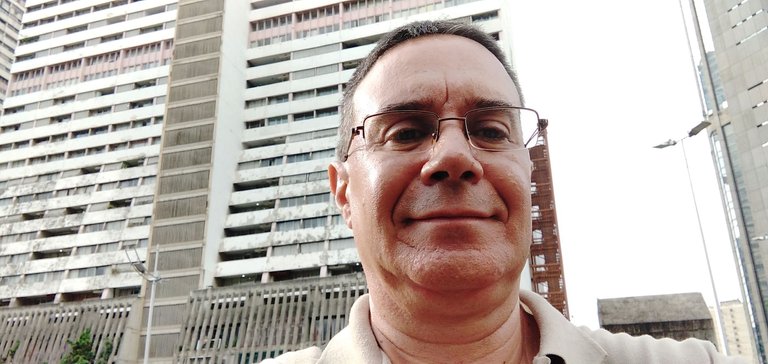
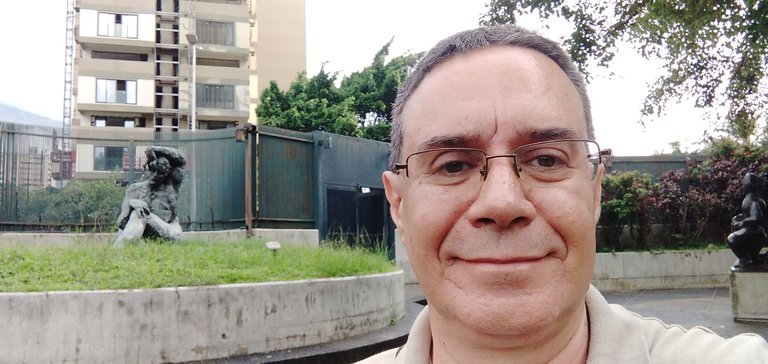
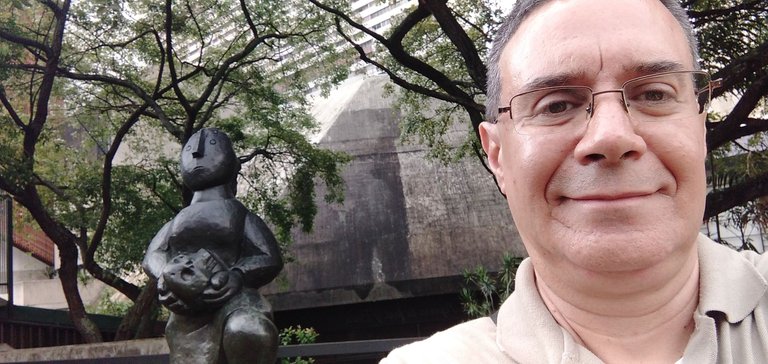
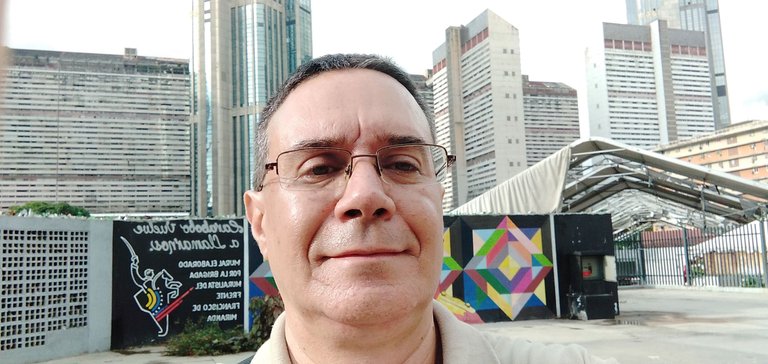
Las fotos fueron tomadas con mi celular marca xiaomi, modelo Redmi 8.
▶️ 3Speak



